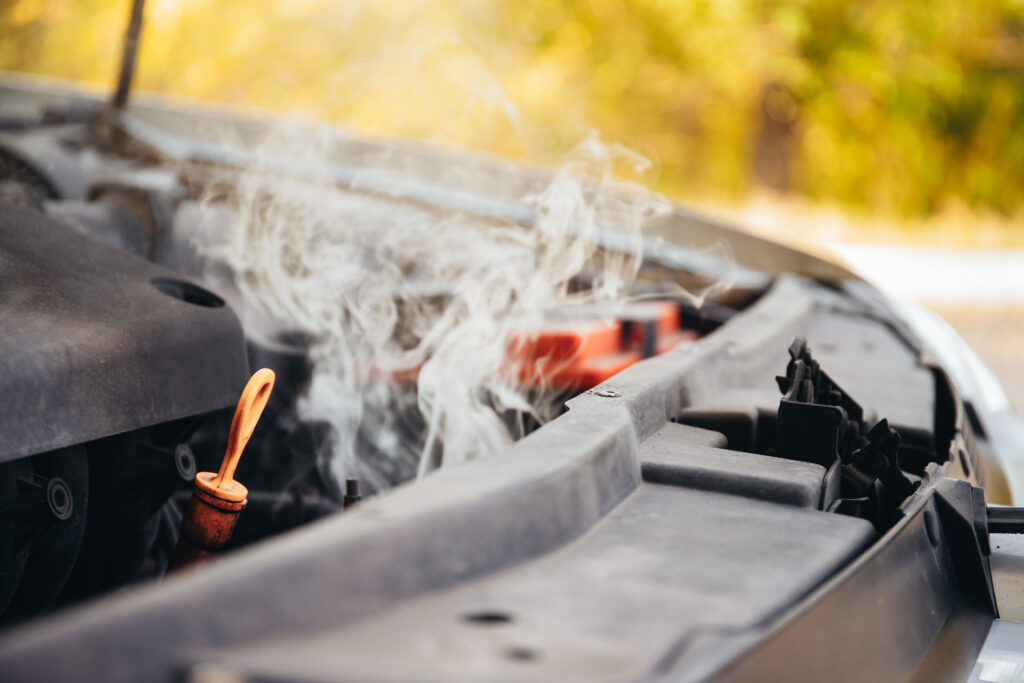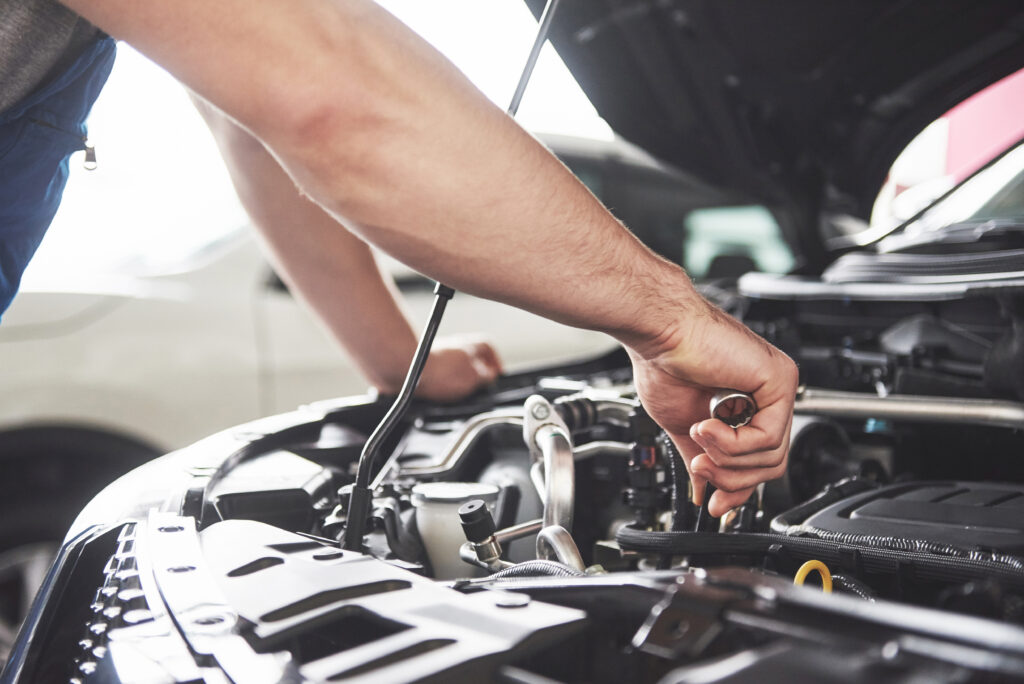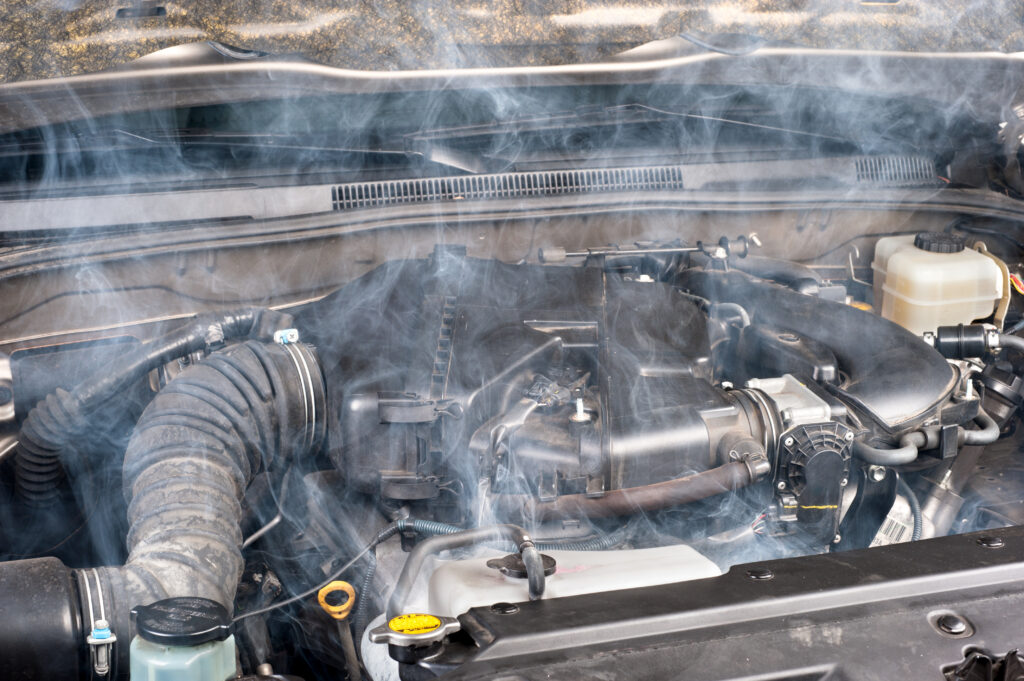Diagnostic & Troubleshooting for Engine Overheating
Table of Contents
Table of Contents
Engine overheating isn’t just a minor inconvenience it’s a critical warning sign that demands immediate attention, especially in the high-performance world of UK racing. Whether you’re a seasoned track day enthusiast or a professional racing team mechanic, understanding how to quickly diagnose and resolve overheating issues can be the difference between a podium finish and a DNF. This thorough guide will walk you through the critical signs, common culprits, and step-by-step diagnostic procedures to keep your racing engine running at optimal temperature.
Understanding Engine Overheating in UK Racing Cars
Racing engines operate at significantly higher temperatures than standard road cars, with narrower optimal temperature ranges. The damp UK climate presents unique challenges for cooling systems, particularly during summer track days when ambient temperatures rise unexpectedly. Modern racing engines are designed to operate efficiently within specific temperature parameters typically between 90-110°C for water-cooled systems. When temperatures exceed these limits, performance degrades rapidly before potentially catastrophic damage occurs. Recognising the early warning signs of overheating can save thousands of pounds in engine rebuilds and prevent that dreaded trackside retirement.
Symptoms of Engine Overheating
Your racing engine communicates its distress through various signals. Being attentive to these warning signs is crucial for early intervention:
- Steam or smoke emanating from under the bonnet often the most obvious visual indicator.
- Temperature gauge reading in the red zone or fluctuating erratically
- Warning lights illuminating on your dashboard
- Loss of power during acceleration or at high rpms
- Unusual ticking or knocking sounds from the engine bay
- Sweet, syrupy smell indicating coolant leakage
- Coolant puddles beneath the vehicle after stopping
Common Causes of Engine Overheating

Engine overheating rarely happens without reason. These are the most frequent culprits in UK racing applications:
- Low coolant levels – Frequently enough due to leaks or inadequate filling after maintenance
- Blocked radiator – Particularly common after off-road events or in dusty paddock conditions
- Faulty thermostat – Preventing proper coolant circulation
- Water pump failure - Critical component that circulates coolant throughout the system
- Damaged radiator cap – Can’t maintain proper pressure in the cooling system
- Blown head gasket – Creates internal leaks between combustion chambers and cooling jackets
- Cooling fan malfunction – Particularly crucial during slow-speed corners or pit stops
- Air pockets – Improper bleeding after system servicing
- Incorrect coolant mixture – Especially important in UK winter conditions
Diagnostic Tools & Equipment for UK Racing Cars
Professional diagnosis requires proper tools. These essentials should be in every UK race team’s toolbox:
- Infrared thermometer (£30-60) – For pinpointing hot spots without direct contact
- Cooling system pressure tester (£50-120) – Available from halfords or specialist motorsport suppliers
- Combustion leak detector (£25-40) – For identifying head gasket failures
- OBD-II scanner with temperature logging (£80-200) – For real-time data capture during track sessions
- Multimeter (£20-100) – Essential for testing fan motors, sensors and related electrical components
- Coolant hydrometer (£10-15) – Measures freeze protection and coolant concentration
- Thermal imaging camera (£200-500+) – Premium option for comprehensive heat mapping
Step-by-Step Diagnostic Process
Follow this methodical approach to diagnose overheating issues in your racing engine:
- Verify the overheating condition – Confirm with temperature gauge readings and visual inspection
- Perform visual inspection – Check for obvious leaks, damaged hoses, or loose connections
- Check coolant level – Ensure the expansion tank is filled to the correct level (when cool)
- Inspect radiator and intercooler – look for external damage, bent fins, or debris blockage
- Test cooling fan operation – Fans should activate at the correct temperature threshold
- Pressure test the system – use a pressure tester to identify leaks that may not be promptly visible
- Inspect the thermostat – remove and test functionality in hot water
- Check water pump operation – Listen for unusual noises or excessive play in the impeller
- Examine the radiator cap – Test pressure relief function with appropriate equipment
- Test for combustion leaks – Use a dedicated tester to check for exhaust gases in the cooling system
- Monitor temperature in real-time – use data logging during a controlled test run
Troubleshooting and Repair Strategies
Once you’ve identified the problem, implement these proven solutions:
- Cooling system flush and refill - Use manufacturer-specified coolant (typically a 50/50 mix with distilled water) and follow proper bleeding procedures
- Radiator cleaning or replacement – Chemical cleaning for minor blockages; full replacement (£150-400 depending on submission) for damaged units
- Thermostat replacement - Consider performance versions (£40-80) with appropriate temperature ratings for track use
- Water pump overhaul – Frequently enough requires timing belt removal; budget £200-500 for parts and labour at specialist shops
- Cooling fan upgrade – Higher flow rate fans available from Mishimoto, SPAL or Davies Craig (£80-250)
- Head gasket replacement - Major repair requiring engine disassembly; use competition-grade gaskets for racing applications
- Radiator cap upgrade - Higher pressure rated caps (£15-30) can raise boiling point but verify compatibility with your system
- Additional oil cooling – Supplementary coolers for heavily modified engines (£250-600 fully installed)
Safety Considerations

Working with hot engines and cooling systems presents notable hazards. Prioritise these safety measures:
- Never open a hot radiator or expansion tank – Wait at least 30 minutes for the system to cool
- Use appropriate PPE – Heat-resistant gloves, eye protection, and long sleeves are essential
- Properly dispose of used coolant – UK regulations require antifreeze to be treated as hazardous waste; most local council recycling centres accept it
- Maintain adequate ventilation – Ethylene glycol vapours can be harmful in confined spaces
- Keep tools insulated – When working around electrical cooling components
- Follow manufacturer’s torque specifications – Especially for head bolts after gasket replacement
Preventative Measures
Prevention is always better than cure, particularly with race engines where reliability is paramount:
Maintenance Schedules
- Flush cooling system annually – More frequently for heavily tracked vehicles
- Replace coolant every 2 years or 20,000 miles – Additives degrade over time, reducing protection
- Check coolant concentration before winter track events – UK winter temperatures demand proper anti-freeze protection
- Inspect hoses and connections monthly – Look for cracks, hardening, or softening of rubber components
- Test thermostat operation biannually – Particularly before summer racing season
Component Monitoring
- Install additional temperature gauges – Monitoring both coolant and oil temperatures provide earlier warning
- Log temperature data during track sessions – Identify trends before they become failures
- Check for coolant quality degradation – Discoloration or particles indicate internal issues
- Monitor water pump bearing noise – early replacement at first signs of wear can prevent trackside failures
- Track cooling system pressure – Gradual pressure loss may indicate developing problems
Case Studies and Expert Insights
Learn from real-world experiences in the British racing scene:
Real-World Examples
- Silverstone Classic catastrophe – A competitor in the historic touring car division lost an irreplaceable engine due to a simple blocked radiator that went undetected during preparation
- Brands Hatch rescue – Time Attack competitor saved a built engine by spotting temperature discrepancies between data logger and dash readings, identifying a failing sender unit before damage occurred
- Goodwood revival revelation – Analysis of a vintage race engine showed microscopic erosion in water jackets caused by incorrect coolant mixture, highlighting the importance of proper fluids
Technical Bulletins
- MSA Technical Notice 2023/04 – British motorsport governing body recommends enhanced cooling system inspection for cars competing in summer endurance events
- BTCC Team Protocol – professional teams now routinely pressure test systems between race weekends, not just annually
- UK Track Day Association guidance – Recommends dedicated cool-down procedures before returning to paddock after high-speed sessions
Visual Aids
Understanding complex cooling systems is easier with proper visual references:
Diagrams and Photos
- cooling system schematic – Illustrates coolant flow paths and component locations
- Thermal imaging comparison – Shows normal vs. problematic heat distribution patterns
- Pressure testing setup – Demonstrates correct equipment connection for diagnosis
Video Resources
- step-by-step diagnostic process video tutorial – Comprehensive visual guide to troubleshooting
- Cooling system bleeding techniques – Vehicle-specific approaches to eliminating air pockets
- Temperature sensor testing procedure – Using multimeter to verify sensor operation
Technical Terminology
Master the language of cooling systems to better understand diagnostic procedures:
Glossary of Terms
- Cavitation - Formation of vapour pockets in liquid that can damage pump impellers and cooling passages
- Expansion Tank – UK term for the reservoir that accommodates expanding coolant (called overflow bottle in US terminology)
- Nucleate Boiling – The formation of small bubbles at hot spots in the cooling system
- Specific Heat Capacity – Measure of a coolant’s ability to absorb heat
- Thermal Soak – Temperature rise after engine shutdown due to lack of circulation
- Water Wetter – Surfactant additive that reduces surface tension for improved heat transfer
- Wet Liner – Cylinder design where coolant directly contacts the liner (common in performance engines)
Final Thoughts on Diagnosing Engine Overheating in UK Racing Cars
Engine overheating remains one of the most common yet preventable issues in UK motorsport. By establishing a systematic approach to diagnosis, implementing preventative maintenance, and responding quickly to warning signs, you can protect your valuable racing engine from catastrophic damage. Remember that cooling systems work as an interconnected whole solving one issue may uncover or create another, so comprehensive testing is essential. Whether you’re competing at Oulton Park or simply enjoying a track day at Cadwell, keeping temperatures under control ensures both performance and longevity. The British racing weather might potentially be unpredictable, but your engine’s cooling system shouldn’t be.


